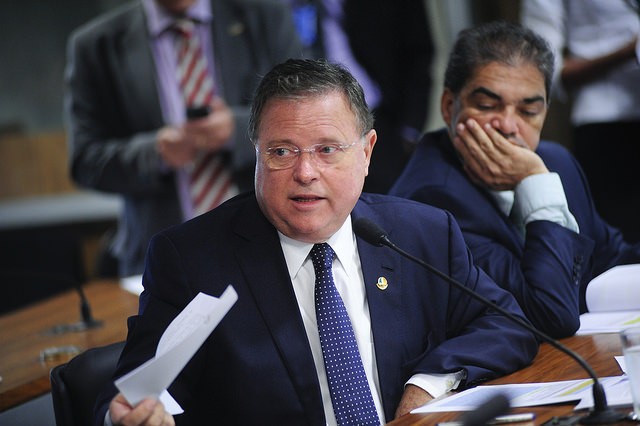Fonte: ANEEL
The Board of the Brazilian Electricity Regulatory Agency (ANEEL) approved today (6/8) the First Tariff Review of Cooperativa de Energização e Desenvolvimento Rural do Vale do Itariri (Cedri) and Cooperativa de Eletrificação e Desenvolvimento Rural do Alto do Paraíba Ltda. (Cedrap) . Both companies operate in São Paulo and the approved indices are retroactive to August 31, 2012. For Cedri, a positive average effect of 7.85% was established and Cedrap had a reduction of -25.26%.
The methodology and procedures for the 1st Cycle of Periodic Tariff Revisions of permit holders of public electricity distribution services were discussed at two public hearings in 2011 and 2012. In all, 38 regulated cooperatives operating in the states of São Paulo, Rio de Janeiro, Rio Grande do Sul, Sergipe, Paraná and Santa Catarina should undergo the revision process.
The proposed methodologies have fundamentals and concepts that are similar to the methodologies used for the distribution concessionaires, albeit with changes in the tools to be used. Below are the main points:
a) Method Simplicity: the calculation should be as simple as possible, thus reducing spending of financial and human resources for cooperatives.
b) Incentives for Efficiency: under the provisions of the Permission Agreements, the tariff revisionshould observe, among other items, changes in the cost and market structure, stimuli to efficiency,and tariff moderateness. It should be noted that the regularization of permit holders by theSINCOOR (data collection and tariff simulation system) model preserved actual cost levels observed in the balance of 2003, which have beenadjusted only. Thus, by defining a new system that takes into consideration the efficiency analysisfor all permit holders, significant changes are expected in the Installment B amounts.
c) Limiting Information Asymmetry:methods that have historically resulted in large information asymmetry between the regulator and regulated bodies are not used. Another issue to be overcome in the methodology to be employed in 1CRTP-P is the absence of a robust history of data relating to operating costs and capital registered in the standards set by the Accounting Manual.
d) Transparency and Reproducibility:the database and simulation and results models were released at the Public Hearing.
e) Commitment between discount usage level and final tariff of consumers:as a general rule, permit holders have high discounts for power acquisition and usage of distribution systems of suppliers. Tariff repositioning seeks both to change final tariffs of permit holders’ consumers and to redefine discounts in usage of the suppliers’ distribution systems. For example, in the event of a negative tariff repositioning, it is possible to reduce the tariff of final consumers in addition to reducing the discount on usage. On the other hand, when there is a positive repositioning, it is possible to avoid an excessive tariff impact for the permit holder’s consumers, adding the discount in usage up to a pre-established limit. (PG/DB)








